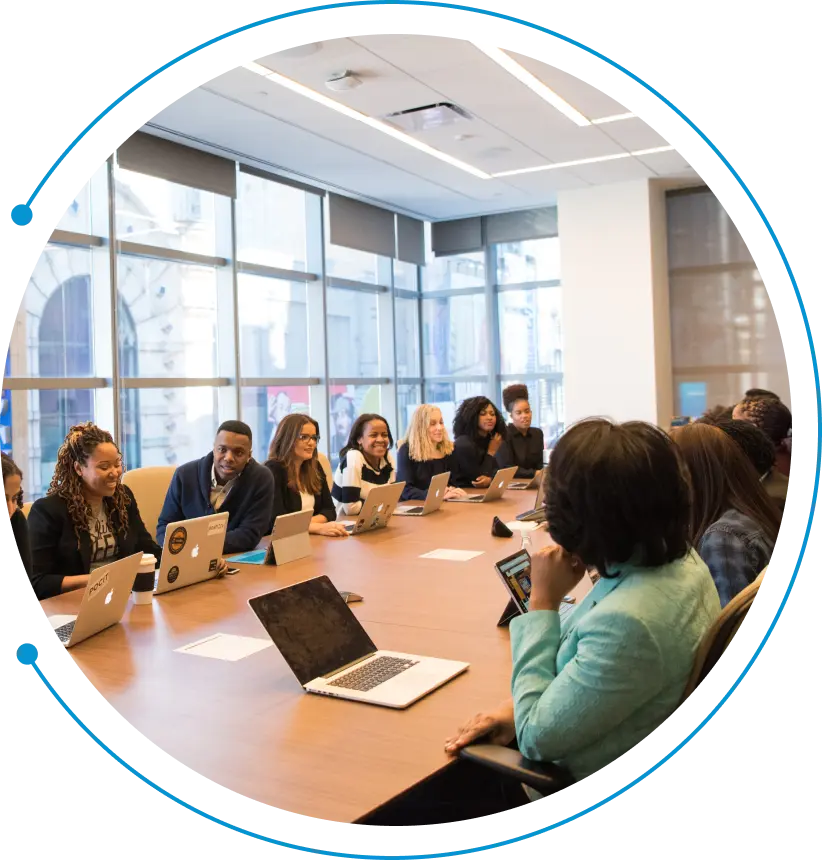We're open through the holidays to support your upskilling goals — book your session today!
We're open through the holidays to support your upskilling goals — book your session today!
Unable to find what you're searching for?
We're here to help you find itChange Technology
The Software Development Life Cycle (SDLC) is a structured framework that guides the development of high-quality software in a systematic, cost-effective, and time-efficient manner. It encompasses key phases such as requirement analysis, planning, design, development, testing, deployment, and maintenance. By following a defined methodology like Agile, Waterfall, or DevOps, SDLC ensures that software projects are delivered with precision and meet business goals.
In today’s digital-first world, mastering SDLC is essential for software developers, project managers, quality analysts, and IT professionals. Understanding the SDLC helps reduce project risks, improve productivity, and enhance collaboration across teams. Leading companies like Microsoft, IBM, Google, and Amazon rely on robust SDLC models to streamline their software production cycles.
Whether you're working on mobile apps, enterprise software, or cloud-based platforms, learning SDLC gives you the technical edge to handle complex projects with clarity and confidence. Build your career with a deep understanding of software development processes, and become a valuable asset to any tech-driven organization.

Clear All
Filter
Clear All
Clear All
Clear All
*Excluding VAT and GST
Showing to of entries
The concept of the Software Development Life Cycle emerged in the 1960s with the rise of structured programming and formal project management in software engineering. One of the earliest models was the Waterfall model, introduced by Winston Royce in 1970. It emphasized a linear approach to development, which soon evolved as software complexity increased.
As technology advanced, new models like Iterative, Spiral, and Agile methodologies were introduced to address limitations in flexibility and speed. These models allowed teams to deliver faster, adapt to changes, and continuously improve software quality. Over time, SDLC evolved into a multi-model framework that supports various industries, from banking to healthcare, ensuring that software is developed efficiently, securely, and at scale.
Modern SDLC practices are influenced heavily by Agile, DevOps, CI/CD, and automation tools that accelerate the delivery of high-quality software. Today, organizations focus on continuous integration and deployment, where code is tested and released rapidly through automated pipelines.
AI-powered testing, low-code/no-code development, and microservices architecture are also redefining SDLC processes. Security integration through DevSecOps is gaining momentum, embedding security protocols early in the lifecycle. Tools like JIRA, GitLab, and Azure DevOps have become mainstream, supporting collaboration, transparency, and faster iterations.
These evolving trends make it essential for professionals to stay updated with modern SDLC practices to remain competitive in the software development landscape.
Ans - No, the published fee includes all applicable taxes.



